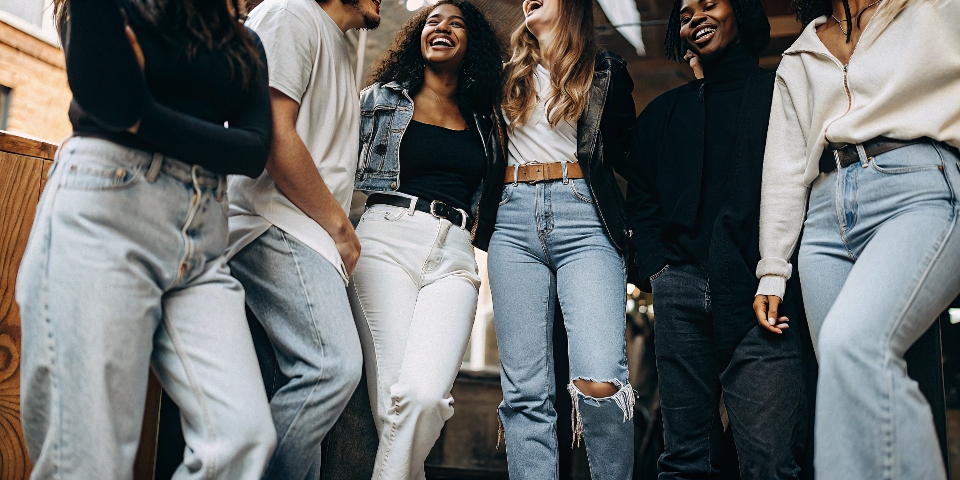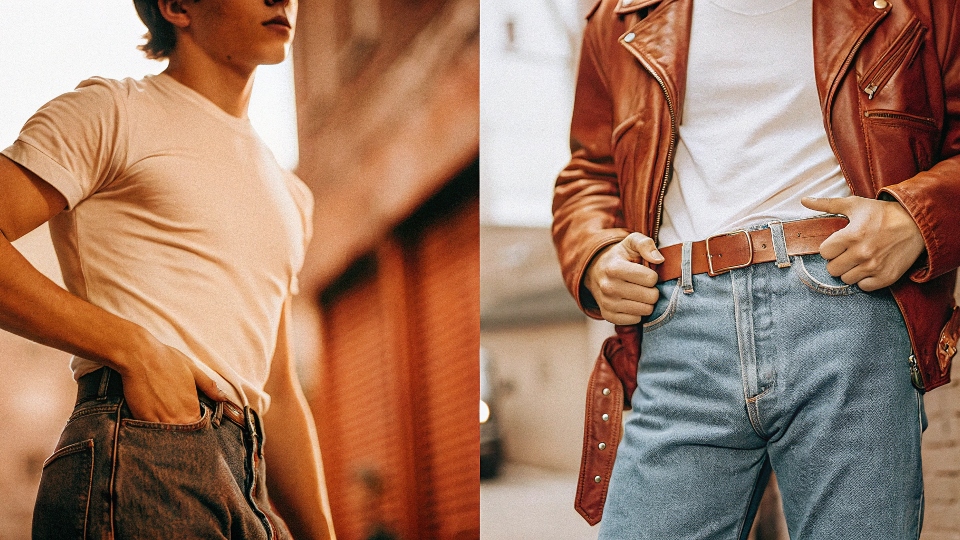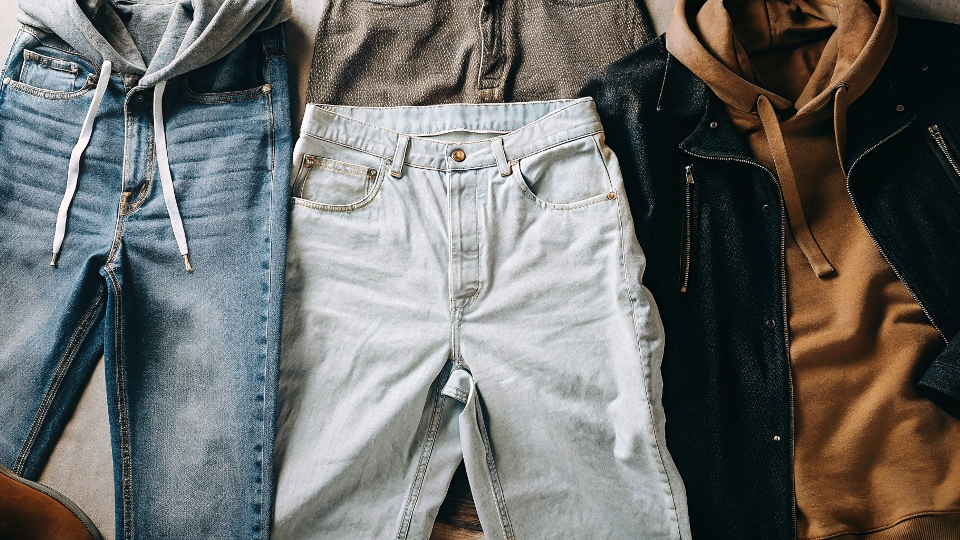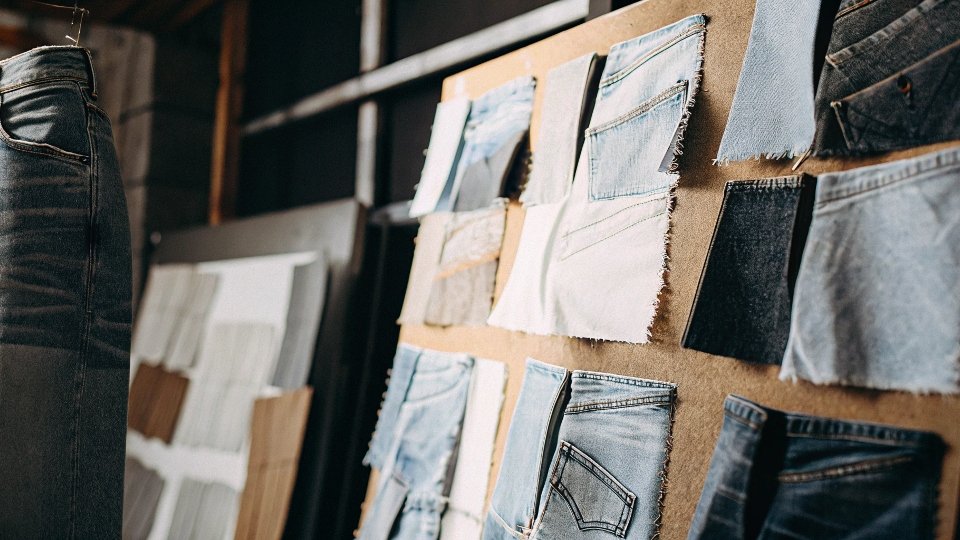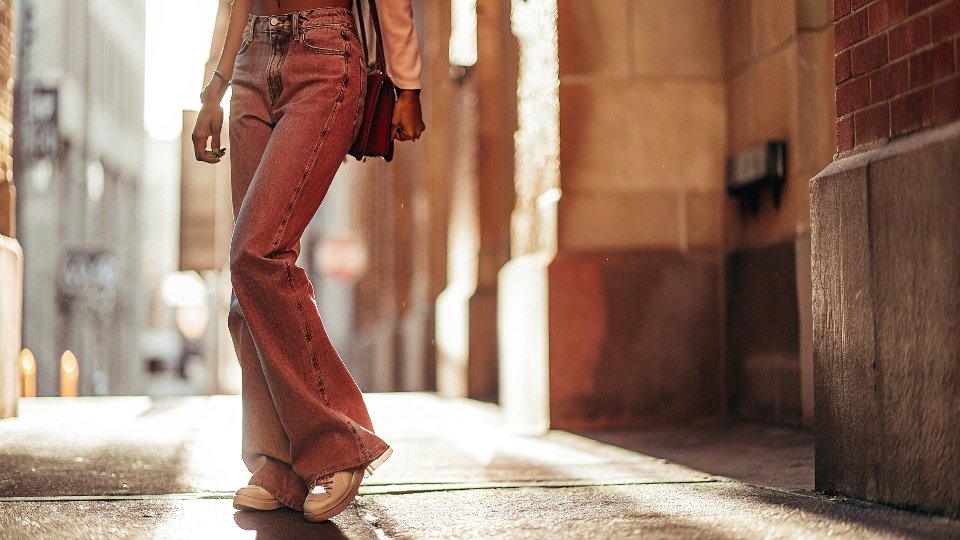You need to get dressed, but you don't want to think too hard. You grab a pair of jeans. They always work. But have you ever wondered why this one single garment is the default choice for millions of people worldwide?
Jeans are popular because they perfectly combine durability, versatility, and powerful cultural symbolism. They are hard-wearing, pair with almost anything, and represent a global ideal of freedom, rebellion, and classic, effortless cool.
This question gets to the very heart of my work. For over 20 years, I've dedicated my life to making jeans. I've seen trends come and go, but the jean itself remains. Based on what you've likely heard, their popularity is a mix of durability and cowboy culture.
This is true, but it's only the beginning of the story. The enduring power of jeans comes from their unique ability to be a practical tool, a fashion statement, and a cultural symbol, all at the same time. Let's dig into why this simple piece of clothing conquered the world.
Why did jeans become so popular?
You see jeans as just another piece of clothing. But their journey from a niche work uniform to a global phenomenon wasn't an accident. You might be missing the incredible story that fuels their popularity.
Jeans became popular when they were adopted by 1950s movie stars and teenagers, transforming them from simple workwear into a powerful symbol of youth rebellion. This made them cool, and they never looked back.
The initial purpose of jeans was purely functional. In 1873, Levi Strauss and Jacob Davis created riveted denim pants for miners who needed clothes that wouldn't fall apart. For decades, they were just tough pants for tough jobs, associated with laborers and cowboys.
As your insight noted, this connection to the American West gave them an aura of freedom and rugged individualism. But the real explosion happened after World War II. Young people were looking for an identity separate from their parents' formal "suit and tie" generation.
They found it in the movies. Actors like Marlon Brando and James Dean wore jeans as a uniform of cool defiance. Suddenly, jeans weren't just for work; they were a statement.
| Era | Primary Role of Jeans | Key Association |
|---|---|---|
| 1873-1940s | Durable Workwear | Miners, Cowboys, Farmers |
| 1950s-1970s | Symbol of Youth Counter-Culture1 | Rebels, Rock Stars, Hippies |
| 1980s-Present | Global Fashion Staple2 | Everyone |
This shift from function to symbol is what cemented their place in our culture. They became popular because they represented something more than just cloth and thread.
Why do people wear jeans so much?
You open your closet, and your hand automatically goes to a pair of jeans. This choice is so easy and frequent that you probably don't even think about the practical reasons that make them the perfect everyday garment.
People wear jeans so much because they are the ultimate practical garment. They are durable, require infrequent washing, match nearly every top in a wardrobe, and are appropriate for a wide range of social settings.
As a manufacturer, I build jeans to last. But their popularity goes beyond just being tough. They make life easier. First, there's the versatility3 that you mentioned. They are the ultimate "Looks Good" or "all-matching" item.
You can wear the same pair of jeans with a t-shirt for a casual look, a hoodie for comfort, or a blazer for a smart-casual event. No other single item of clothing has this range. Second is the low maintenance. Denim is a dense fabric that hides small stains and doesn't need to be laundered after every single wear.
In fact, most denim experts like me will tell you to wash your jeans as little as possible to preserve the fit and the unique character of the wash.
This combination of being both incredibly flexible and easy to care for makes them the default choice for our busy lives. They are simply the most reliable and effortless option in our closets.
Why are jeans so fashionable?
Fashion trends can change in an instant, with styles becoming outdated overnight. Yet, jeans have remained a core fashion item for over 70 years. You wonder how they've managed to avoid becoming a "dad-style" relic.
Jeans remain fashionable because they are a blank canvas. Designers constantly reinvent them with new fits, innovative finishes, and different washes, allowing them to adapt to and even define every new fashion movement.
The secret to their enduring style is their ability to change without losing their identity. As you rightly said, they are a "fashion weathervane4." At my factory, DiZNEW, I see this firsthand. The basic 5-pocket jean is a simple pattern, but it's the starting point for endless creativity.
My particular expertise is in denim washing5.I can take one batch of raw, dark denim and, through dozens of different techniques—from stone washing to laser fading—create hundreds of unique products.
This is why jeans never look dated. The wash can be made to look brand new, heavily distressed, or perfectly vintage. Furthermore, the silhouette is always evolving.
| Decade | Dominant Jean Style |
|---|---|
| 1970s | Flared, Bell-Bottoms |
| 1980s | Acid Wash, High-Waisted "Mom" Jeans |
| 1990s | Baggy, Grunge, Bootcut |
| 2000s | Low-Rise, Whiskered, Embellished |
| 2010s | Skinny, Cropped Ankle |
| 2020s | Straight-Leg, Baggy, Stacked |
This constant reinvention keeps jeans at the forefront of fashion. They don't just follow trends; they are often the vehicle through which new trends are expressed.
Why did Gen Z reject skinny jeans?
You built your wardrobe around the slim, clean silhouette of skinny jeans. Now, you see the younger generation favoring baggy, loose fits, which makes it feel like they're rejecting jeans entirely.
Gen Z rejected the restrictive feel of skinny jeans in favor of comfort, individuality, and 90s nostalgia. They haven't abandoned jeans at all; they've simply made looser, baggier fits the new standard of cool.
This change is actually the best proof of why jeans are so popular. Their ability to evolve is their greatest strength. Each generation defines itself against the one before it. For Millennials, the skinny jean was a uniform.
For Gen Z, that same look felt restrictive and conformist. They looked back to the 90s and Y2K for inspiration, embracing the comfort and effortless slouch of baggy jeans6. This isn't a rejection of denim; it's a rejection of a single style of denim. In my factory, production has shifted dramatically.
Five years ago, my orders were 80% skinny fits. Today, that has completely flipped. Designers like Dean are sending me tech packs for high-waisted, straight-leg, and baggy patterns.
The fact that the younger generation didn't abandon jeans but simply chose a different cut shows the incredible staying power of the garment itself. They didn't stop wearing jeans; they just made them their own.
Conclusion
Jeans remain popular because they are the ultimate wearable paradox: timeless yet trendy, rugged yet stylish. Their blend of durability, versatility, and cultural meaning ensures they will always be in style.
-
Explore how jeans became a powerful symbol of rebellion and identity for youth in the mid-20th century. ↩
-
Discover the evolution of jeans into a worldwide fashion phenomenon embraced by all cultures. ↩
-
Explore the significance of versatility in fashion and how it enhances your wardrobe, allowing for endless outfit combinations. ↩
-
Discover how being a fashion weathervane influences trends and styles, showcasing the dynamic nature of fashion. ↩
-
Explore this link to understand the various denim washing techniques that create unique styles and enhance the appeal of jeans. ↩
-
Explore the comfort and style of baggy jeans, a trend embraced by Gen Z for their relaxed fit and versatility. ↩

